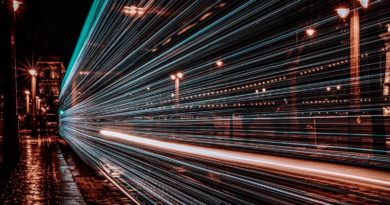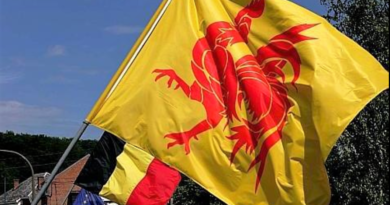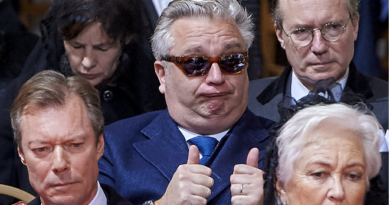Grand Opening of the Royal Palace
The Royal Palace is located in front of Brussels Park and since the first glance it surprises the visitor with its incredible size. It represents the power of constitutional Monarchy, and the centre of the Royal family’s political life. It is still used by the royal members for formal meetings and receptions, although the family usually lives in the Royal Palace of Laeken, so normally it is not possible to visit it. Nonetheless every year, in occasion of the king’s holidays, the palace is open and it’s possible to admire the incredible architecture and the works of art hidden on the inside. This year for instance, the palace will be open from the 22nd of July to the 15th of September.
The first nucleus of the palace was built on the 18th century, although the façade was rebuilt on 1900. It was raised over a previous construction, the Coudenberg Palace, a complex erected in the Middle Ages. The building offers a great variety of works of art and exhibitions, which were expanded and developed through the years also thanks to the Queen, who added some pieces of modern art in some of the state rooms.
The palace offers incredible masterpieces and beautiful rooms, such as the Throne room, the main staircase, the State rooms (with original furniture and portraits of previous Belgian monarchs), the Goya room and the Mirror room.
The Throne room hosts in the centre four low reliefs by Auguste Rodin. They represent the economic activities of the Belgian provinces, with the exception of that of Brabant, which hosts the Palace on its territory. The Scheldt and the Meuse, symbols of Flanders and Wallonia, by Thomas Vinçotte, are above the doors. The parquet in oak and exotic woods, and the bronze and gilded chandeliers confer a monumental and prestigious appearance to the throne room.
The main staircase is a gracious example of architectural harmony: it combines perfect proportions, luxurious decorations and exceptional materials -green marble on the ramp and the white marble of the staircase.
The Pilaster room was originally a waiting room and was then turned into a dining room for high dignitaries. The Empire style armchairs are part of the furniture which was used by Napoleon Bonaparte and Josephine de Beauharnais. The harp was probably used by Queen Louise-Marie. The portrait of King Leopold I, which dates from 1846, was painted by Franz-Xaver Winterhalter.
The Goya room hosts several tapestries (“The Dance,” “The Little Blind Boy” and the “The Water Carrier”) that reproduce a drawing by Francisco Goya. They have been woven in Madrid and offered to the King Leopold I by Queen Isabelle II of Spain.
Het koninklijk Paleis van Brussel is van 22 juli tot 4 september open voor publiek! Buitenkansje om de enorme kroonluchters te zien. Http://bit.ly/Koninklijk_Paleis
Publié par België Toerisme sur mercredi 29 juin 2016
The Mirror room evokes Congo. The walls are decorated with marble and copper. King Albert I had the works completed with mirrors on the walls, which were originally intended to feature allegorical scenes evoking Africa. In 2002, Jan Fabre covered the ceiling and one of the three chandeliers with nearly a million and a half jewel beetles and entitled his work “Heaven of Delight.” The room is used regularly to host events.
These are only few of the incredible rooms you will be able to see from the 22nd of July on. Don’t miss this opportunity and discover the opulent and dream-like atmosphere of the palace!



